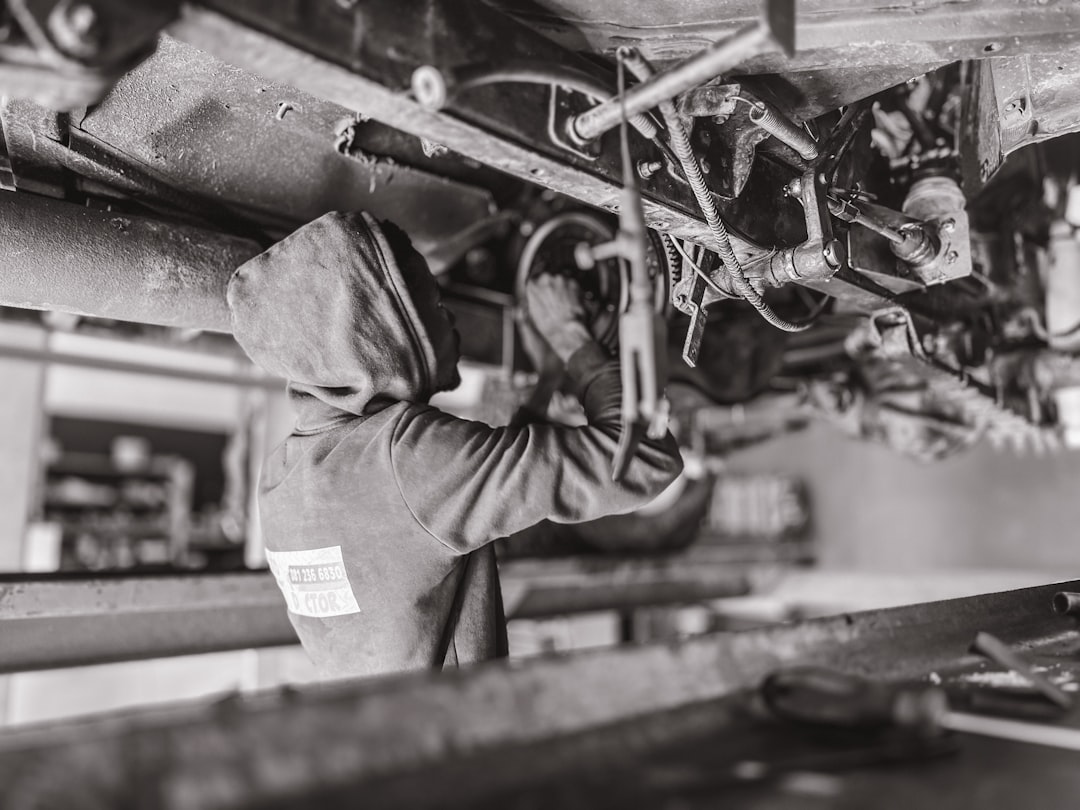No products in the cart.
The Backbone of America: Physical Jobs and Their Impact
Explore the most physically demanding jobs in America and the skills needed to thrive in 2025's evolving job market.
Denver, Colorado — In a world where the hustle is often celebrated, the most physically demanding jobs stand out not just for their sweat and toil, but for the resilience and grit that come with them. From the bustling construction sites to the quiet hum of healthcare facilities, these roles demand more than just skills; they require a commitment to physical and mental endurance. As we venture towards 2025, understanding the landscape of these jobs can illuminate pathways for both aspiring workers and employers looking to harness the incredible potential of an evolving workforce.
According to a recent report by Stacker, the top 50 most physical jobs in America reveal a diverse array of industries: construction, healthcare, transportation, and more. These roles often involve lifting, carrying, and a stamina that would leave many gasping for breath. Yet, they also offer a unique sense of fulfillment, connecting workers with tangible results and the communities they serve.

Many may wonder what drives individuals toward such demanding professions. For John, a 28-year-old construction manager from Texas, the answer is simple: passion. “I love seeing a project come together from the ground up,” he shared during a recent interview. “Every day is different, and at the end of it, you can literally see what you’ve built. That’s rewarding.” This sentiment resonates with many in the field, where the fruits of labor are not just abstract figures on a paycheck but visible structures that contribute to the fabric of society.
However, the physical demands of these jobs are not without their challenges. The U.S. Bureau of Labor Statistics reports that injuries in physically demanding roles are significantly higher than in desk jobs. Back injuries, repetitive strain, and other health issues can plague workers over time, leading to early retirements and lost wages. For instance, a recent study highlighted that construction workers are five times more likely to suffer from injuries than their office counterparts. This disparity raises critical questions about worker safety and the need for robust support systems within these industries.
This disparity raises critical questions about worker safety and the need for robust support systems within these industries.
As we look ahead, the trend towards automation and technology integration in physical jobs is undeniable. Robotics and AI are beginning to ease some of the burdens of manual labor, allowing workers to focus on higher-level tasks. This shift could redefine what it means to work in a physically demanding role. While some fear that technology will replace jobs, many experts argue that it will augment human capabilities, creating opportunities for upskilling and diversification.
This evolution calls for a reassessment of educational pathways and training programs. Community colleges and vocational schools are stepping up, offering specialized courses that blend traditional skills with new-age technology. For instance, programs that teach both construction techniques and the use of drones for site surveying are becoming more common, equipping workers with a competitive edge in the job market.
Moreover, the gig economy is reshaping the landscape of physical labor. Many are now seeking flexibility and autonomy, leading to a rise in freelance work within the trades. This flexibility comes with its own set of challenges, such as lack of benefits and job security, but for many, the trade-off is worth it. “I love being my own boss,” says Sarah, a 32-year-old freelance carpenter in New York. “I choose my projects, and I set my own hours. It’s not easy, but it’s rewarding.” This sentiment reflects a growing trend among younger workers who prioritize work-life balance and job satisfaction.
As the job market continues to evolve, the skills needed for success in physical roles are also changing. Employers are increasingly looking for soft skills alongside traditional hard skills. Communication, teamwork, and problem-solving abilities are becoming just as crucial as physical strength. Workers who can effectively collaborate and adapt to new technologies will find themselves at a significant advantage.
As the job market continues to evolve, the skills needed for success in physical roles are also changing.
In conclusion, as we approach 2025, the narrative surrounding physical jobs in America is one of transformation. These roles are not merely about brute strength; they encompass a blend of skills, passion, and resilience. For those willing to embrace the challenges, the rewards can be profound. As the workforce adapts, the key to thriving in these demanding roles will lie in a commitment to continuous learning and an openness to change. The future of work is not just about what we do; it’s about how we evolve with it.










